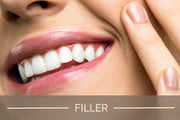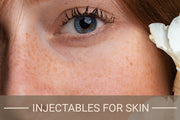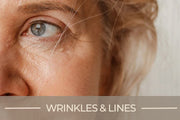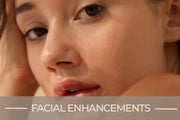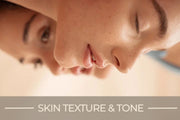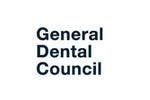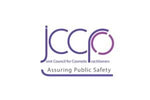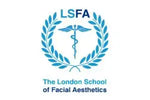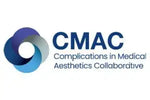Why No Retinol after Botox?
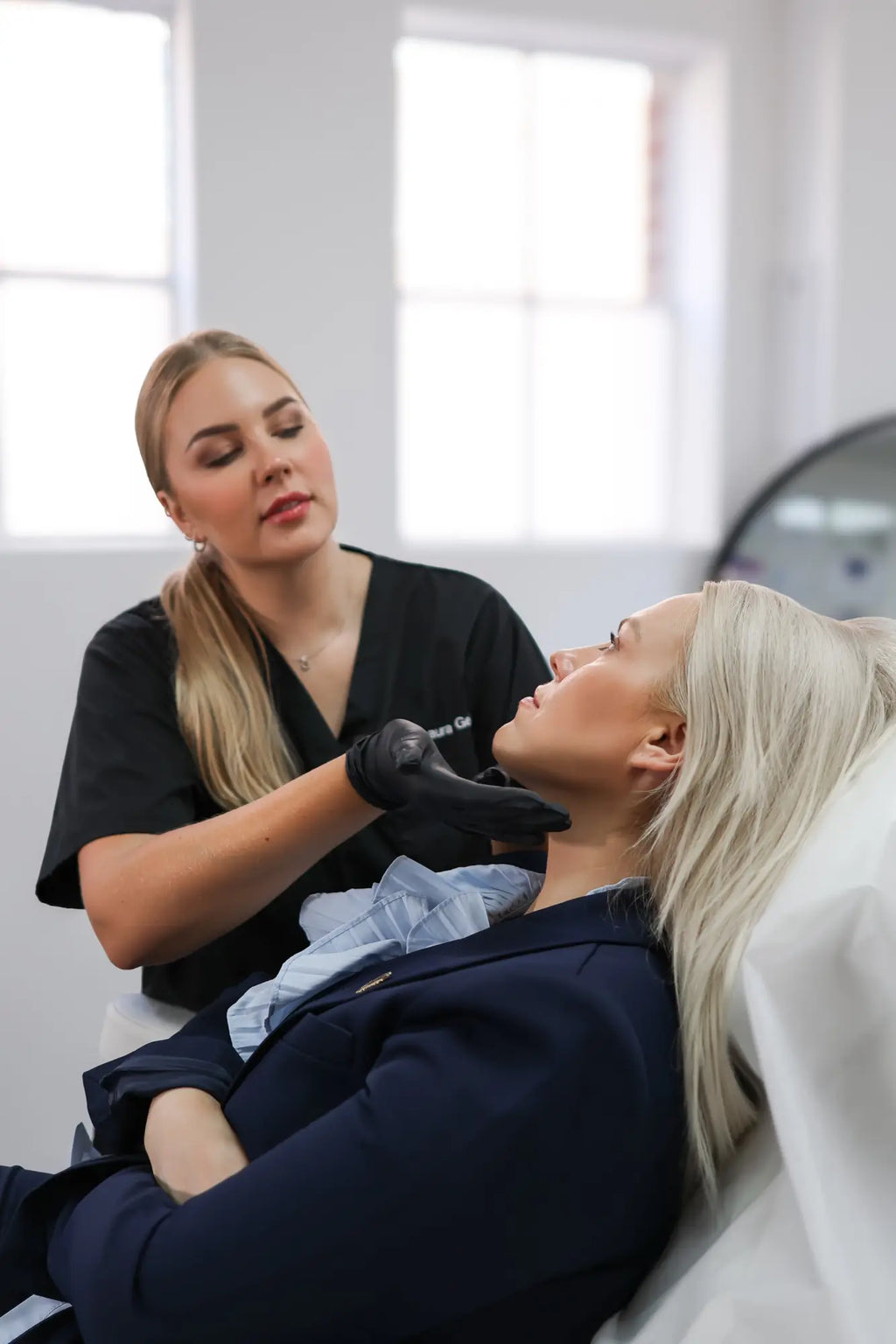
Content Verification



✨ Key Takeaways ✨
- 💉 Avoid retinol for at least 48 hours post-Botox.
- 🚫 No rubbing or massaging the treated area – let it settle naturally.
- ☀️ Stay out of direct sun and skip the sauna for a few days.
- 🧴 Stick to gentle skincare – hydrating serums are your best friend!
- 📅 Botox results take time – be patient for 7–14 days.
💡 Expert Tips & Advice 💡
- 💧 Hydrate, hydrate, hydrate – Botox loves moisture!
- 🛏 Sleep on your back the first night to avoid pressure on the treated area.
- 🏋️♀️ Skip the gym for 24 hours to prevent product migration.
- 🤔 Not happy with results? Don’t panic – a top-up can be arranged after 2 weeks.
- 📞 Always consult with your practitioner if you have concerns.
Botox injections have become a trusted solution for reducing the appearance of fine lines and wrinkles, making them a cornerstone in anti-ageing treatments. These minimally invasive procedures are widely sought after for their ability to deliver smooth, youthful skin without the need for surgery. However, achieving the best results from Botox treatments requires careful attention to aftercare.
One key aspect often overlooked is the use of skincare products, particularly retinol. Renowned for its anti-ageing properties, retinol is a common ingredient in many skincare routines, but it can interfere with the recovery process after Botox. Understanding why this conflict occurs is crucial for anyone considering anti-wrinkle treatments, especially those searching for Botox treatments in London or asking, "Where can I find trusted Botox near me?"
In this article, we’ll explore why retinol should be avoided after Botox, supported by insights from leading experts. By the end, you’ll have a clear understanding of how to protect your skin and maximise the results of your Botox anti-ageing treatments.
What Is Retinol and Why Is It Popular in Skincare?
Retinol is a powerful ingredient widely recognised in the skincare world for its transformative effects. Derived from Vitamin A, it has become a cornerstone of many anti-ageing routines due to its ability to improve skin texture, reduce the appearance of fine lines, and promote a healthy, youthful complexion.
At its core, retinol works by accelerating skin cell turnover. This process removes dead skin cells from the surface, allowing fresh, new cells to emerge. It also stimulates collagen production, which helps to maintain skin elasticity and firmness. These properties make it a popular choice in anti-wrinkle skincare routines and a go-to ingredient for those looking to target signs of ageing effectively.
Retinol is commonly found in creams, serums, and other over-the-counter formulations designed to rejuvenate the skin. While it offers significant benefits, its potent nature requires careful usage, especially when combined with treatments like Botox injections. Understanding when and how to use retinol is essential for avoiding adverse effects and achieving your desired skincare results.
The Science behind Botox Treatments
Botox injections are a widely recognised solution in anti-wrinkle treatments, providing a non-surgical option to address the visible signs of ageing. The treatment works by temporarily relaxing targeted muscles, which softens the appearance of fine lines and wrinkles. This effect is most commonly observed in areas such as the forehead, around the eyes (crow’s feet), and between the eyebrows (frown lines).
By inhibiting the nerve signals that cause muscles to contract, Botox allows the skin to rest and recover from repeated movements that contribute to wrinkle formation. Over time, this relaxation helps the skin appear smoother and more rejuvenated, making it a cornerstone in many anti-ageing regimens.
Dr. Snieguole Geige, a Dentist, Medical Doctor, and Senior Adviser from It’s Me & You Clinic, explains: “Botox treatments address dynamic wrinkles—those caused by repetitive facial expressions like smiling or frowning. By targeting the underlying muscle activity, Botox helps the skin heal and reduces further wrinkle development.”
This deep level of action is what makes Botox treatments effective for wrinkles, but it also underscores the importance of proper aftercare to maintain and maximise results. Integrating Botox with your skincare routine requires caution, particularly when using active ingredients like retinol.
Why Retinol and Botox Don’t Mix
While both Botox treatments and retinol play pivotal roles in anti-ageing regimens, they don’t always complement each other—especially immediately after a Botox procedure. Understanding the interaction between the two can help you avoid unwanted side effects and ensure the best possible results.
Retinol, known for its exfoliating properties, accelerates skin cell turnover, which can make the skin more sensitive and prone to irritation. After Botox injections, the skin in the treated area may already be slightly inflamed or delicate as it begins to adjust to the treatment. Applying retinol too soon can exacerbate this sensitivity, leading to redness, peeling, or even prolonged inflammation.
Dr. Laura Geige, Medical Director and Senior Practitioner, explains: “Retinol is an active ingredient that can disrupt the healing process following Botox treatments. It increases skin sensitivity, potentially causing irritation that could affect the effectiveness of the injections and compromise the overall results.”
Additionally, using retinol too early post-Botox can interfere with how the injections settle into the muscles, potentially diminishing their effectiveness. To avoid these complications, it’s essential to pause retinol use for at least 24–48 hours post-treatment and follow expert aftercare advice tailored to your skin’s needs.
Aftercare Tips for Botox Treatments
Proper aftercare is essential to ensure the longevity and effectiveness of your Botox injections. Following the right post-treatment guidelines can help minimise potential side effects and enhance the overall results of your anti-wrinkle treatments.
What to Avoid
After receiving Botox injections, there are several key things to avoid. Firstly, it’s important to refrain from using retinol and other exfoliating products for at least 24–48 hours post-treatment. Retinol can increase skin sensitivity, leading to irritation and potentially interfering with the healing process. Additionally, excessive heat, such as from saunas or hot showers, should be avoided. This is because heat can increase blood circulation in the treated areas, which might cause the Botox to migrate and reduce its effectiveness. It's also crucial to limit intense physical activity, as strenuous exercise can cause facial muscles to contract and disrupt the settling of the Botox.
What to Prioritise
Instead, prioritise gentle skincare that supports recovery. Hydration is key, so drink plenty of water to maintain skin health. Gentle moisturisers can also help soothe and protect the skin, promoting healing without irritation. Sun protection is essential to prevent damage to the treated areas; use a broad-spectrum sunscreen with at least SPF 30 to shield your skin from UV rays.
As Dr. Giedre Narkiene, a dermatology expert, advises, "Post-Botox aftercare should focus on calming and hydrating the skin while avoiding harsh ingredients like retinol that can disrupt the treatment. Keeping the skin protected from the sun ensures that your Botox treatments remain effective and that your skin stays healthy."
How Long Should You Avoid Retinol After Botox?
When it comes to using retinol after Botox treatments, timing is key. Generally, it’s recommended to avoid retinol for at least 24–48 hours post-treatment to allow your skin time to heal and adjust. During this period, your skin may be more sensitive due to the Botox injections, and using retinol could increase the risk of irritation or redness, which may interfere with the healing process.
The exact duration of time to avoid retinol can vary depending on several factors. Skin sensitivity plays a major role; individuals with more sensitive skin may need to wait longer before reintroducing retinol into their skincare routine. The dosage of Botox used and the specific areas treated also influence how quickly the skin recovers. For instance, areas that are more delicate, such as around the eyes, may require extra caution when using active skincare ingredients like retinol.
As Dr. Rimas Geiga, a distinguished medical professional, explains, “Aftercare timelines can vary from person to person. While 24 to 48 hours is a general guideline, some patients may need to avoid retinol for a longer period, especially if their skin is more sensitive or the treatment involved more concentrated Botox injections.”
It’s important to follow the advice of your practitioner, as they can provide personalised recommendations based on your unique skin type and treatment details. This careful approach will help you achieve the best results while maintaining the health of your skin.
Common Myths about Botox Aftercare
There are several misconceptions surrounding Botox treatments and their aftercare that can lead to confusion and potentially compromise results. One of the most common myths is the idea that Botox is a "one-and-done" treatment. While Botox injections can significantly reduce the appearance of wrinkles, they are not permanent. The effects of Botox typically last between three to six months, depending on factors such as the area treated and individual response to the injections. This means regular follow-up treatments are required to maintain the smooth, youthful look.
Another myth is that once Botox is injected, there’s little to no need for ongoing care. In reality, proper aftercare is crucial for ensuring the longevity of the results. Alongside avoiding irritants like retinol immediately post-treatment, it’s important to incorporate a gentle skincare routine, stay hydrated, and protect the skin from the sun. Neglecting these steps can lead to less-than-ideal outcomes and may shorten the duration of your Botox results.
As Elisabeth Leclerc, fashion expert, puts it, “Skincare and beauty trends are constantly evolving, and Botox treatments are no exception. Staying consistent with aftercare is essential not just for maintaining the results, but for ensuring that the skin remains healthy and radiant in the long term.”
Combining professional advice with a thoughtful self-care routine ensures that the benefits of Botox are maximised, contributing to longer-lasting anti-ageing results. By debunking these myths and focusing on proper aftercare, patients can enjoy smoother skin and enhanced confidence for months after treatment.
Where to Find Trusted Botox Treatments Near You
Choosing a reputable clinic for Botox treatments is an essential step in ensuring both safety and effective results. With the growing popularity of Botox injections, there are numerous clinics offering treatments, but it’s vital to select a provider who prioritises patient safety and delivers high-quality care.
When looking for a trusted clinic for Botox treatments, whether in London or elsewhere, start by researching practitioners who are fully qualified and experienced in administering Botox injections. Look for certifications and qualifications, such as a medical background in dermatology, plastic surgery, or aesthetic medicine. Reputable clinics often have a track record of satisfied patients, with before-and-after photos and patient testimonials readily available for review.
Additionally, it’s crucial to choose a clinic where the practitioners are familiar with both the science behind Botox and the importance of personalised care. A skilled practitioner will not only assess your skin type and concerns but will also provide clear guidance on aftercare, ensuring you achieve the best possible results.
When searching for Botox treatments, use keywords like "Botox treatments in London" or "Botox near me" to find trusted options in your area. Always ensure that the clinic you choose follows proper safety protocols, uses quality products, and offers thorough consultations to address your needs and expectations.
Selecting the right Botox provider sets the foundation for a successful treatment and helps you avoid complications, making it an essential part of the process.
The Bottom Line
Avoiding retinol after Botox treatments is essential to ensure optimal results and protect your skin during the healing process. Retinol’s exfoliating properties can irritate the skin, potentially affecting the Botox injections and diminishing their effectiveness. By prioritising gentle skincare, hydration, and sun protection, you can enhance the longevity of your Botox results and maintain youthful, smooth skin. Remember to always follow your practitioner’s aftercare advice and give your skin the time it needs to heal. Proper aftercare is key to achieving lasting, natural-looking anti-ageing benefits from your Botox treatments.
Disclaimer: This article is for informational purposes only and is not a substitute for independent medical advice. Always consult a qualified doctor or dermatologist for personalised guidance.
